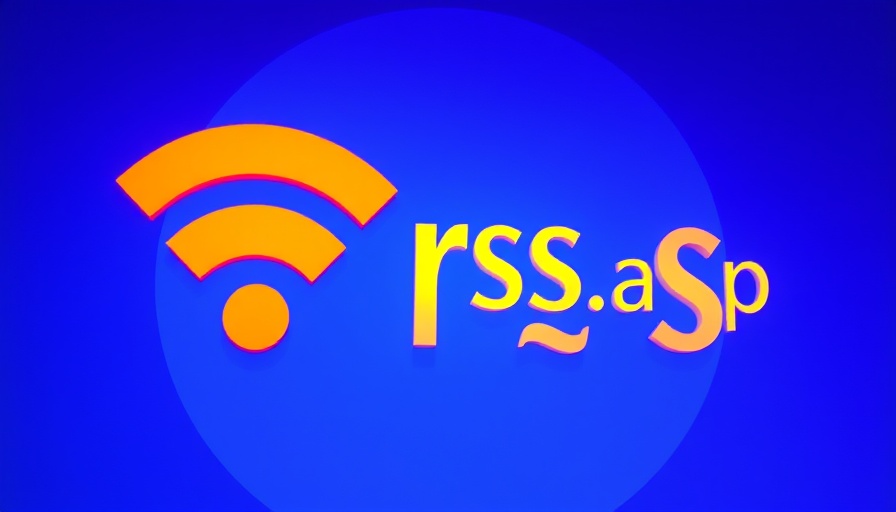
Understanding the Gilgo Beach Case: Background on Rex Heuermann
The Gilgo Beach case is one of the most notorious unsolved series of murders in recent American history, involving the discovery of the remains of seven women along a coastal stretch in Suffolk County, New York. In this context, Rex A. Heuermann has emerged as a key suspect, leading to a significant legal battle over the admissibility of DNA evidence in court. The controversy surrounding Heuermann’s case illustrates the intersections of forensic science, legal principles, and public concern.
The Controversy Over DNA Evidence in Heuermann's Trials
On March 28, 2025, Heuermann's legal team engaged in heated discussions with prosecutors regarding the nature of the DNA evidence collected from the victims. Heuermann's attorneys emphasized that the DNA methods employed by the prosecution lack previous validation within New York courts, raising questions about their reliability. This legal maneuvering is critical since DNA evidence can play a pivotal role in both exonerating the innocent and convicting the guilty, highlighting the tension between innovative forensic techniques and established legal doctrines. If accepted, the DNA evidence could solidify the case against Heuermann, potentially leading to a life sentence for the alleged murders of the women found at Gilgo Beach.
Implications of Admissibility: What’s at Stake?
The admissibility of DNA evidence not only impacts this case but also sets significant precedents for future litigation. DNA evidence has transformed criminal investigations but has also led to wrongful convictions when mishandled. Defense attorney Michael J. Brown argues for the disqualification of the DNA evidence, stating that the new methods have not yet been widely tested, potentially undermining his client's right to a fair trial. If the judge favors Heuermann's defense, it could lead to reduced charges or even dismissal of the case, while acceptance of the evidence may reopen discussions around broader implications concerning forensic protocols.
The Intersection of Forensic Science and Justice
As this case unfolds, it again highlights the critical role that forensic science plays within the criminal justice system. For many, DNA testing represents a beacon of hope in delivering justice, yet the complexities of its admissibility showcase the challenges defense teams face. Particularly in a high-profile case like this, the stakes are enormously amplified, as public opinion can heavily sway interpretations of guilt and innocence.
Future Trends: The Direction of Forensic Evidence in Court
Looking ahead, the legal landscape surrounding DNA and forensic evidence will likely evolve as advancements in technology continue to emerge. The Gilgo Beach case serves as a microcosm of this larger discourse. Experts posit that courts may need to establish new guidelines to evaluate the presentation of DNA evidence and its admissibility. This changing dynamic highlights the necessity for courts to remain adaptable to new forms of evidence while ensuring the reliability and validity of what is presented. Observers of the legal community are keenly watching this case, knowing that it could influence future cases across New York and beyond.
Public Sentiment: Community Reactions to the Gilgo Beach Trials
The responses from the affected communities and the nation at large are varied. The gruesome nature of these murders stirred a deep sense of fear and outrage among local residents, many of whom are anxiously following the trials. The potential outcome carries significant emotional weight for the families of the victims, who seek justice and resolution. It is evident that community sentiment plays an important role in how the legal proceedings unfold, as local dynamics influence public perspectives around justice and accountability.
Ultimately, as Rex Heuermann's trial progresses, these discussions surrounding DNA evidence and the criminal justice process will remain paramount, igniting dialogues about ethics, technology, and the quest for truth in the legal arena.
 Add Row
Add Row  Add
Add 




Write A Comment